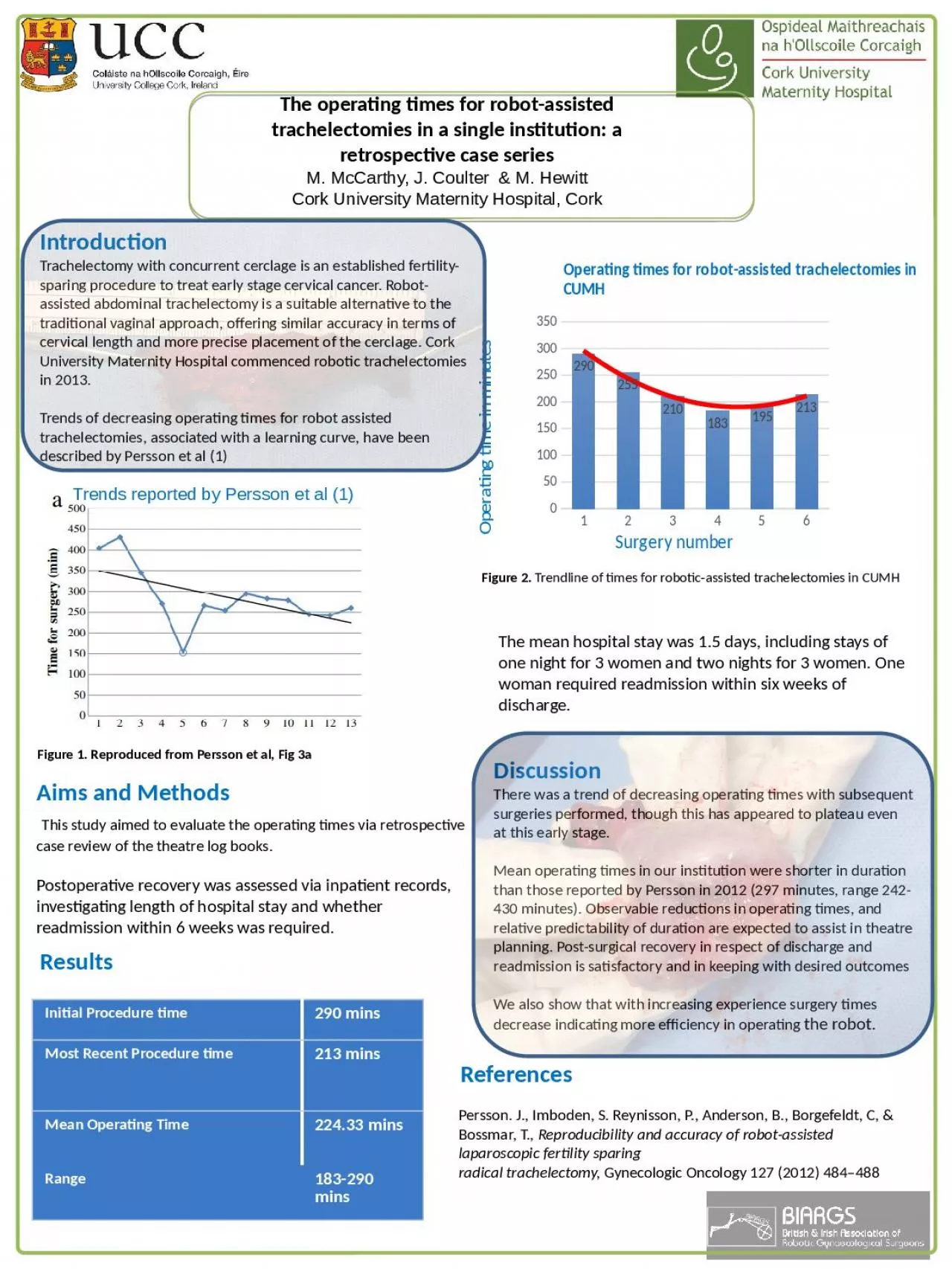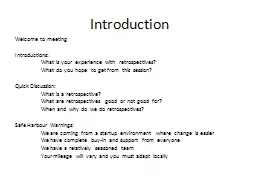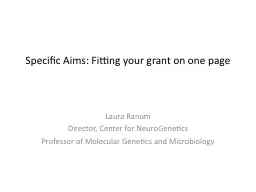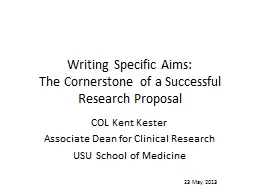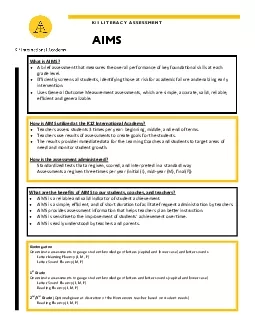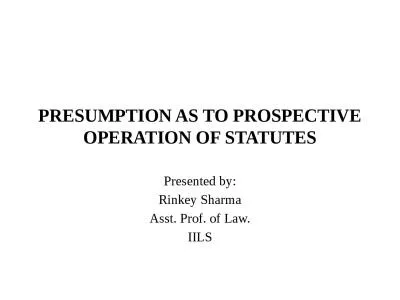PPT-Aims and Methods This study aimed to evaluate the operating times via retrospective
Author : lydia | Published Date : 2024-01-29
Postoperative recovery was assessed via inpatient records investigating length of hospital stay and whether readmission within 6 weeks was required RESULTS Introduction
Presentation Embed Code
Download Presentation
Download Presentation The PPT/PDF document "Aims and Methods This study aimed to e..." is the property of its rightful owner. Permission is granted to download and print the materials on this website for personal, non-commercial use only, and to display it on your personal computer provided you do not modify the materials and that you retain all copyright notices contained in the materials. By downloading content from our website, you accept the terms of this agreement.
Aims and Methods This study aimed to evaluate the operating times via retrospective: Transcript
Download Rules Of Document
"Aims and Methods This study aimed to evaluate the operating times via retrospective"The content belongs to its owner. You may download and print it for personal use, without modification, and keep all copyright notices. By downloading, you agree to these terms.
Related Documents

